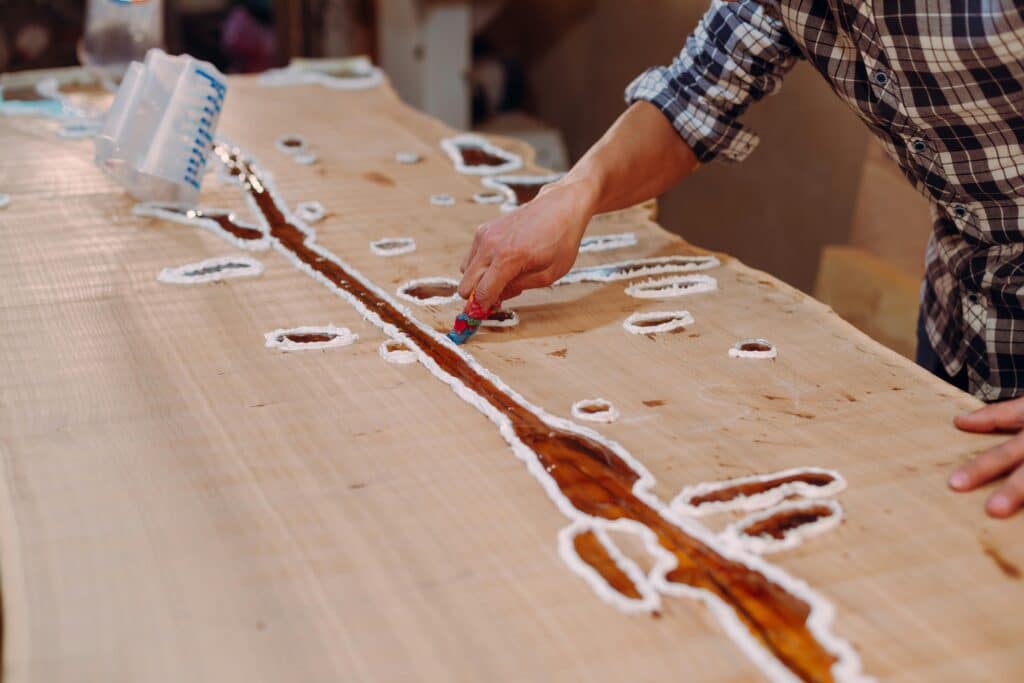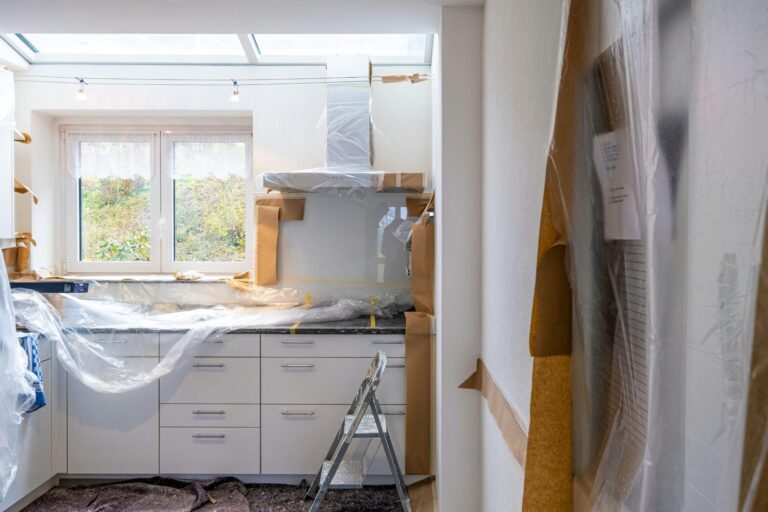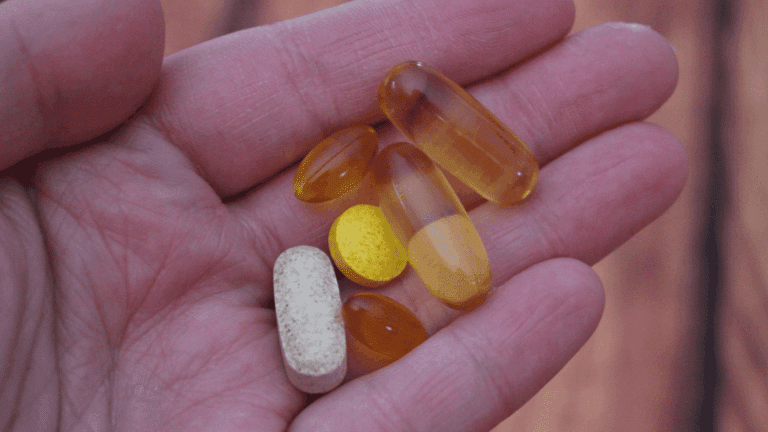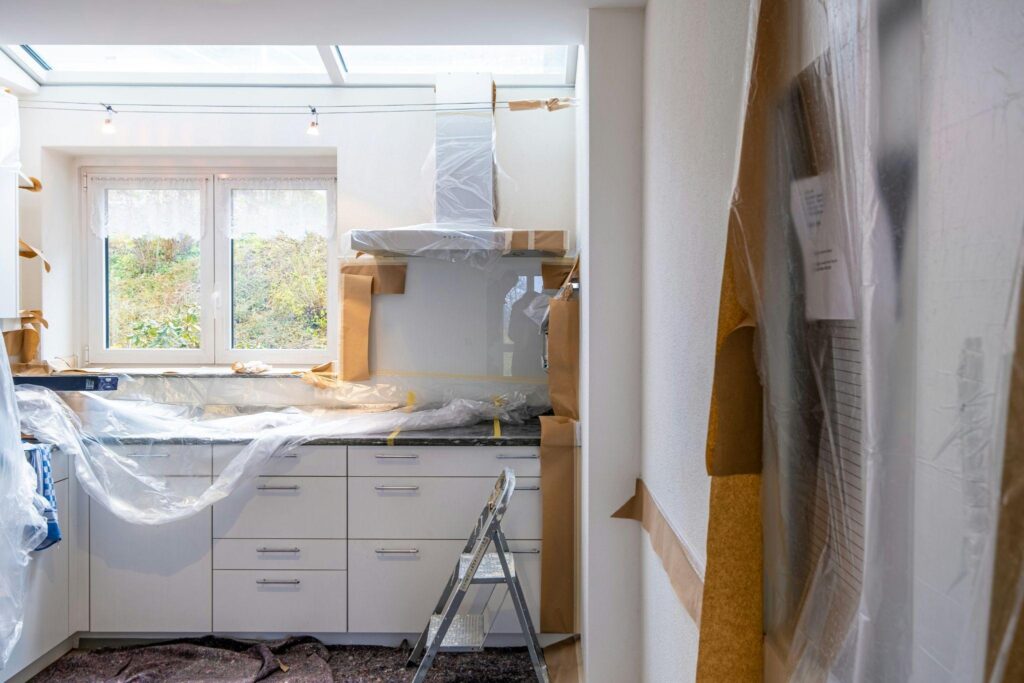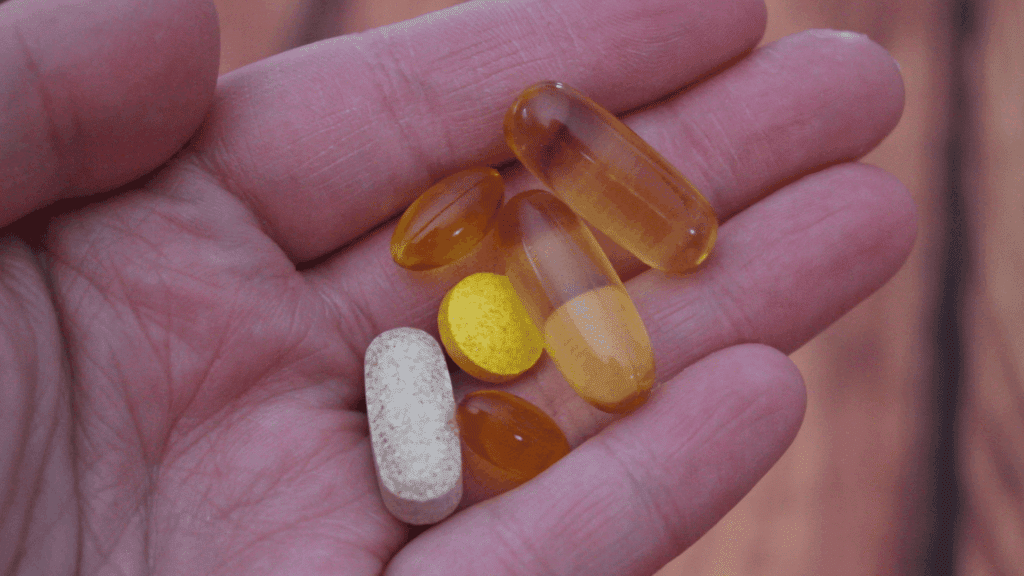Epoxy resin furniture has a distinctive charm—sleek surfaces, fluid forms, and a knack for drawing the eye. But as we think more carefully about the materials we bring into our homes, it’s natural to ask: how green is it, really?
Before adding a new epoxy resin furniture piece to your space, let’s slow down and take a closer look at its environmental footprint—where it comes from, what it leaves behind, and how thoughtful choices can make a difference.
What Is Epoxy Resin, Exactly?
Epoxy resin is created by mixing a liquid resin with a hardener. Once combined, it sets into a solid, durable material that’s heat-resistant, waterproof, and visually striking. It’s commonly used in art, construction, and—of course—furniture design.
The downside? Most resins on the market are petroleum-based. That means they’re made from non-renewable fossil fuels, which require energy-intensive extraction and refining processes.
Why It’s Raising Environmental Questions
The big concerns around epoxy resin are pretty straightforward:
- It’s not biodegradable. Once cured, it stays that way—potentially for hundreds of years.
- Its production isn’t clean. Making resin involves chemicals that can release fumes and harmful byproducts if not handled correctly.
- It’s hard to recycle. You can’t melt it down or break it apart like some plastics or metals.
On its own, a resin slab won’t pollute your space. But its impact begins long before it reaches your living room.
The Wood Part Matters Too
What balances things out—at least a bit—is the use of wood in many resin pieces. When artists and furniture makers use reclaimed wood (from fallen trees, old barns, or discarded lumber), they reduce waste and save usable material from going to the landfill or the firepile.
Using wood this way tells a different kind of story. It’s about making something lasting out of what others might throw away. So while the resin part may not be eco-perfect, combining it with repurposed wood gives the piece more value, both emotionally and environmentally.
So, Is It Sustainable?
There’s no simple yes or no. It depends on how you define sustainability.
If we’re talking about longevity, resin scores high. It’s incredibly durable. Unlike mass-produced particleboard furniture that warps or chips within a few years, a well-made resin piece can stick around for decades—and still look good.
And unlike laminated wood or pressed board, resin pieces can often be restored. If the surface gets dull, it can be polished. If it chips, it can be repaired. That means less furniture tossed in dumpsters and more passed down or reused.
But if we’re talking about eco-friendliness in sourcing and production? Resin still has a way to go.
What Makers Can Do Better
Not all resin furniture is created equally. Makers who care about the planet are already making smarter choices. Here’s how:
- Switching to bio-based resins. Some new resins use plant oils instead of petroleum. They’re not fully green, but it’s a step in the right direction.
- Sourcing reclaimed wood. Giving a second life to wood from old buildings or naturally fallen trees keeps materials in circulation.
- Reducing waste. Using leftover resin in smaller projects, reusing offcuts, and mixing in small batches to avoid excess all help.
- Working safely. Proper ventilation during the curing process reduces air pollution and protects both makers and the environment.
- Being transparent. When artists share their material sources and methods, buyers can make more informed decisions.
What You Can Do as a Buyer
If you’re interested in resin furniture but want to make responsible choices, you can:
- Ask questions. Where did the wood come from? Is the resin plant-based? Is it handcrafted or mass-produced?
- Buy once, buy well. Investing in a piece you truly love—and plan to keep—beats replacing furniture every couple of years.
- Resell or donate. If you ever move or redecorate, don’t toss it. Resin furniture holds up well and can be reused.
- Support makers who care. Seek out artisans who talk about sustainability and back it up with their process.
Pros and Cons—Plain and Simple
The good:
- Long-lasting and durable
- Can be restored instead of replaced
- Often uses reclaimed materials
The not-so-good:
- Petroleum-based (in most cases)
- Not recyclable
- Requires chemical processing
So, no—it’s not the greenest material out there. But it’s also not the worst, especially when made and used with care.
Final Thoughts
Epoxy resin furniture isn’t black or white when it comes to sustainability. It’s more of a gray area—one where small decisions make a big difference. The key is being thoughtful: about where things come from, how they’re made, and what happens to them in the long run.
In the hands of the right makers, resin can help turn waste into beauty. In the homes of the right people, it can live for generations.
Curious about the creators making that possible? Learn more about ThunderWood.


